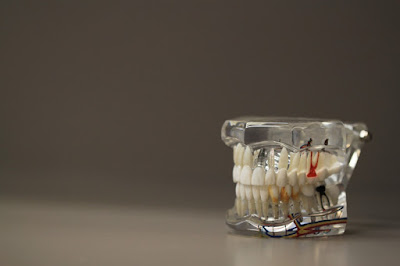What is preventive dentistry?
Dentistry is a broad field. The branch of dentistry that deals with oral care and hygiene to protect the teeth and mouth from disease is preventive dentistry. Preventive dentistry deals with the practice of keeping the mouth healthy and makes the teeth stronger. It ensures the longevity of natural teeth.
What are the different kinds of dental problems that occur due to neglecting oral care and hygiene? How is preventive dentistry related to it?
They are many different types of dental problems caused by neglecting oral hygiene, the most common being tooth decay. Tooth decay can be a cause of a severe toothache. Apart from that gingivitis, periodontitis, bad breath, losing tooth too early, wearing down of tooth enamel, discoloration of the tooth are the most common problems. Preventive dentistry helps prevent these issues.
What are the secondary problems caused by poor oral hygiene?
Some other serious diseases like cancer, heart disease respiratory disease, and osteoporosis are linked to poor dental hygiene.
How does preventive dentistry control these diseases?
Spokane Dentist, Dr. Brady Bates suggests that you should brush, floss and rinse the mouth with mouthwash, get rid of food, plaque, and bacteria stuck in your mouth and teeth, and improve oral health. While visiting the dentist can help you in being aware of any other secondary diseases.
What are the most common practices of preventive dentistry?
The most common practices of preventive dentistry begin at home.
- Brushing teeth: Every dentist suggests brushing teeth twice daily to keep it clean and protect it from the disease. However, we should keep certain things in mind to brush our teeth correctly and adequately.
- We should use toothpaste with fluoride. It protects our teeth from decay and makes them stronger.
- We should change our toothbrush at least four times a year because toothbrushes lose their shape after some time and are unable to give optimum cleaning.
- We should use the right technique for cleaning our teeth. We should first clean the top surface of the teeth using back and forth movement. Then the inside surface of the tooth. Then the chewing surface. Lastly, the tongue should also be cleaned to get rid of bacteria and to get rid of bad breath. The goal of using these techniques is to get rid of food and bacteria stuck to teeth that cause tooth decay and other problems.
- Using of mouthwash: Rinsing of teeth using a suitable mouthwash with disinfectant keep the gums healthy and the teeth stronger and also helps check poor breath.
- Flossing: Flossing is a technique of cleaning food particles and plaques, stuck in between teeth and under gum-lines where the toothbrush cannot reach efficiently. Flossing products like dental picks, nylon string floss, and water floss can be used to floss our teeth. It is recommended that we floss our teeth once daily. Some people feel tired at night and floss in the morning while some people prefer flossing at night to keep their mouth clean.
- Eating a balanced diet: Eating a balanced diet fulfills the nutritional demand of our body and keeps our teeth healthy. Our teeth need vitamins and minerals for its health. Apart from that, we should avoid sugary and acidic food as it is the leading cause of cavities and tooth decay.
- Avoiding smoking and drinking: Smoking and drinking is injurious to health. Not only it causes tooth decay, bad breath, and discoloration of teeth but it is linked to mouth cancer and other dangerous diseases.
- Visit the dentist: We should visit our dentist at every six months for oral checkups.The dentist can examine the mouth and check early signs of tooth decay, incorrect bite, wearing out of the tooth and other problems. She may take X-rays of the jaw to understand the disease.
Apart from deep cleaning of teeth, the dentist can provide the following services in his office that are a part of preventive dentistry:
- Dental scaling: In this process, the dentist removes excessive plaque, tartars and biofilm from the tooth with the help of the ultrasonic device. Regular scaling is suggested to people with periodontal disease.
- Root planing: In this process, the inflammation of the gum is reduced by scaling of the tooth root.
- Application of dental sealants: Dental sealants are applied at the top surface of permanent molar of children to stop the early decay of teeth.
If people take a proper interest in the techniques of preventive dentistry, they can save a lot of money in restoring their teeth and undergoing treatments for dental problems.
References:
- https://en.wikipedia.org/wiki/Dentistry
- https://www.healthline.com/health/preventative-dentistry
- http://www.batesdental.com/education/fluoride-and-decay-prevention/

After studying your article you have to understand what I actually have written here. new apple fruit This one is being written once you have a proposal from you.
ReplyDelete